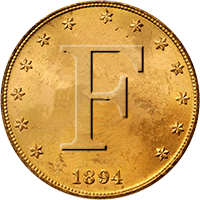 I have a whites classic ID that I purchased as a backup unit and have a question about its operation. Is there any way to judge the depth of a target?
I have a whites classic ID that I purchased as a backup unit and have a question about its operation. Is there any way to judge the depth of a target?I missed a ben franklin half yesterday because I couldn't find it. It was retrieved by my hunting partner using a DFX . It was 10" (measured with my probe _)deep
thanks: Shutzen

